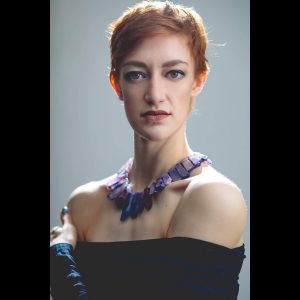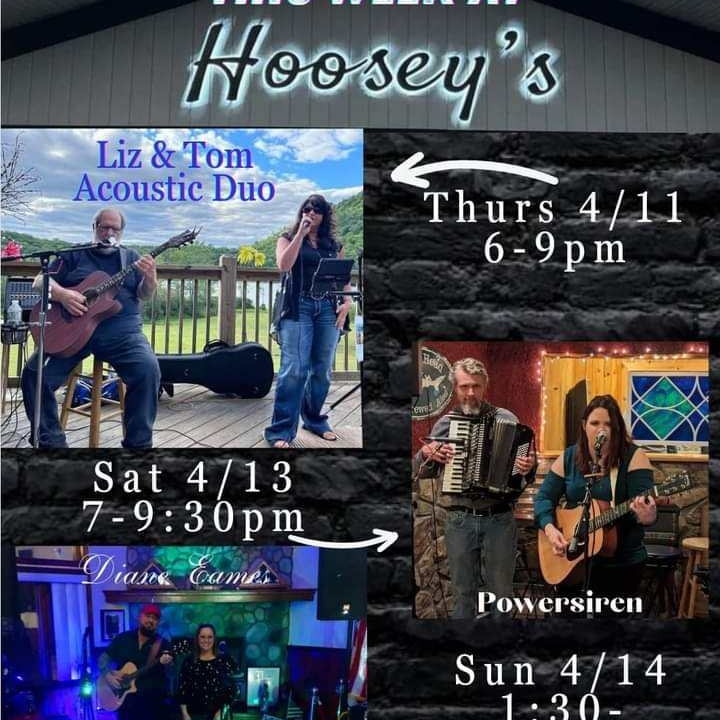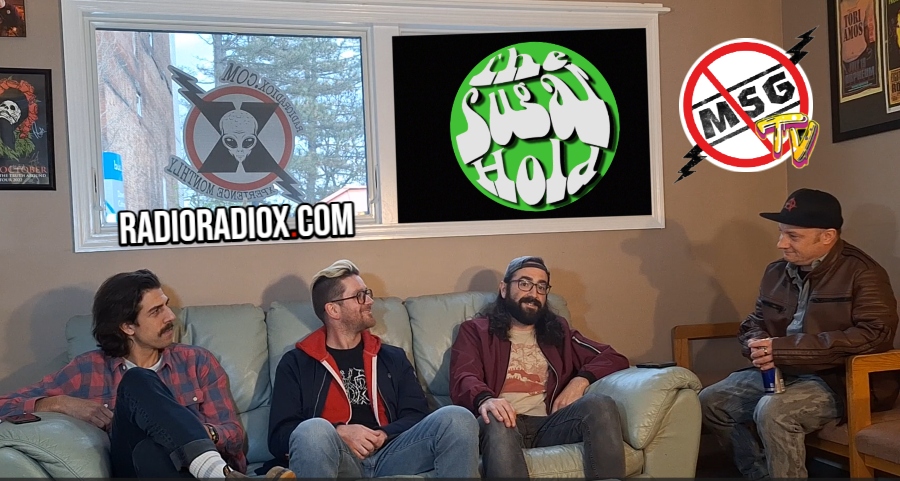Music is movement. That’s not a metaphor; it’s the movement of air particles, and changes in the pressure that drives them. We use our instruments to change the air, and in turn, it changes us, in some cases, to get up and move our bodies in syncopation to the air. It’s the closest thing to magic we have – the music and the dance.
Jillian Davis is a prestigious dancer and a choreographer in New York. She’s been a spirit of the air, so-to-speak, since she was a child. Now she is taking acolytes under her wing and showing them how to control the air themselves.
I sit with Jillian to discuss various sorceries.
RRX: Dance lies in a border area between sport and art. There is practice, and training, probably far more than a lot of other sports. Yet the greatest dance performances look effortless. Are there physical, or mental exercises that you do when you’re dancing to bring the audience’s attention away from all the effort of it?

Photo by Theik Smith.
JD: I think all dancers can agree that yoga and Pilates are the go-to cross training options we have, along with swimming. Even though our work is so physical, cross training helps us strengthen muscles or even muscle groups that we may not utilize on a regular basis. Keeping the entire body as strong as we can helps with creating the effortless look, our endurance on the studio and the stage, as well as, and probably most importantly, helps us avoid injuries. I personally enjoy yoga more, mostly because it focuses on both stretch and strengthening at the same time while also incorporating the mental aspect.
Which brings me to the next point. It’s obvious we are a physical art form, but so much of the work happens in our head – how we approach the movement, push through a ballet, and sometimes (well, a lot) push through injuries of varying severity. I know a lot of dancers who meditate on a regular basis to keep themselves centered and focused. Whenever I feel overwhelmed, I (again) turn to yoga, usually just incorporating a simple stretching series, but sometimes just going through a class and pushing through it. Especially during this pandemic, I need to keep my body moving in order to keep my mind in a good place.
All of this goes to say, the audience doesn’t see all of the behind the scenes work. They usually come to see a performance to take them to “another place” and that is what artists will continue to push for.
RRX: When I started playing guitar, I imitated the masters, got okay enough at that to feel I had foundation, and built my own sound from that. Is dance like that? Or is there an added expectation to “perform the masters” even well into you having your own foundation, similar to the prevalence of classical recitals?
JD: In ballet, there are three main classical ballet techniques: Vagonova (Russian), Checetti (Italian/European), and Balanchine (American). Some other techniques or “teaching curriculums” have popped up over the generations of dance – the most prolific I can think of being American Ballet Theater’s National Training Curriculums. The contemporary ballet company I dance for, Complexions Contemporary Ballet, has a technique, ‘Nique, that has been developing over the years and would be one of the first coined curriculums in contemporary ballet training (that I am aware of). Modern also has a wide range of techniques (Martha Graham, Horton, Paul Taylor, Merce Cunningham, etc.). There are so many “masters” to learn from.
From a dancer’s standpoint, we train our whole teenage life to be as versatile and diverse as possible because it is the new normal to be able to do any style at any time without hesitation. My training focused on classical ballet in those three major techniques mentioned earlier and then I switched to contemporary ballet in my late teens. (Contemporary ballet keeps the classical ballet base, but then incorporates different dance styles at the same time.) It was an adjustment for me to get “funk” in my body (you don’t want to see me in a hip-hop class), but I was able to develop my artistry (or how I speak to the audience/viewers in this style) because of my knowledge of multiple dance forms even though it’s possible I haven’t mastered them, so to speak.
There are still prolific choreographers that will have special programs or whole festivals dedicated to their legacy, but for the dancers, we are expected to know basically every style and to be able to do it.
RRX: You are not just a dancer; you are also a choreographer. So you direct people who come to you into complex and coordinated movement. And I can only imagine that people come to you with all skill sets. Would you say it’s more of a challenge to work around the skill set that is, or use your experience to boost the skill set to fit a need?
JD: I have been fortunate enough to work with a range of abilities and experience over the years and I can say I have learned a lot from the dancers. While I hope to be challenging them in some sort of way, I also strive to push myself – by trying to get out of my comfort zone and also making myself use words to describe my movement. My whole career, I just kind of “did” what was asked of me, but when I had to describe to someone “how” to do a certain movement, I wanted to be able to find a way to describe it the dancers. Working with the directors of Complexions Contemporary Ballet (Dwight Rhoden and Desmond Richardson) over these past six years has helped me find ways to explain movement or the emotion they are trying to see from us through different parts of a ballet.
It is a challenge to “boost the skill set to fit a need” (as you said), but when it works, it is the most rewarding for both parties. I continue to strive to push both dancers and myself to learn something during the creation process and the journey is going to be different for every situation.
RRX: The Jillian Davis Dance Project. This is something you started as a finalist at Rider University’s Emerging Choreographer’s Competition. It sounds like a way you, and for others, to explore the space in choreography and dance. Can you tell us all about it?
JD: When I decided to start JDDP, I was freelancing in New York City just trying to find any dance-related gig at the time, but was not having much luck with auditions. It was mostly a hustle to make my own network of dancers, choreographers, or small companies. I already knew that I eventually wanted to be a choreographer, but I thought, “If I can’t dance for anyone, then I might as well make my own work.” To this day, I haven’t been able to choreograph for myself, but I have been able to dance works that I set on other people first.
The Emerging Choreographer’s Showcase was one of my first big group works and it consisted of all the friends I had met at the time. I was submitting the program notes for Tiel (the ballet I presented) and realized I needed to make a company name because, well, we were a small but mighty company. I still think of Jillian Davis Dance Project as a placeholder name, but if/when I get to spend more time on it, I would like to get more creative with the name.
RRX: You are known for working with the music that is, if I’m saying this right. You find the dance routine in the music by listening to it, feeling it, which may run counter to some peoples’ concepts of professional dance, which people may think is more musically rigid. What musical genre is the most fun? The most challenging?
JD: Everyone has different ways of hearing music, but if there is a definite beat or counts in the music I’m using, I will be a stickler on hitting it at a certain time. If the dancer needs to count it in a certain way to achieve what I want, I am totally for it. My go-to style is usually with heavy percussion of varying intensities. Going back to Tiel for the Emerging Choreographer’s Showcase, there were a lot of syncopations and not very clear counts, but it was all bells and, eventually, heavy drums layered in. I don’t usually work with strict classical works like Bach or Beethoven, but I do like what I consider contemporary classical, if that is a thing.
Eventually I would love to tackle a vocal or choral work. I have several songs I am interested in, but I get distracted or preoccupied with the message the singers are trying to sing about and it pulls me out of my creative space. I will definitely want a group of collaborative minds when I finally tackle a project like that.
RRX: Every stage is soaked in stories, whether it’s the saw-dusted floor of a honky-tonk, or the stage at a midwestern middle-school auditorium. You’ve been on a great many stages, grand and otherwise, and with dance, it’s only you. You can’t even hide behind a microphone. Do you have one stage story that will never leave you?
JD: So many!!! There have been many times when a dancer got injured during a show and we had to cover on the spot. I have, unfortunately, gotten injured as least twice on the stage and have had to continue performing (that was fun).
Most recently, during Complexions’ 2020 New York Season, my partner was injured and we had rehearsal to try to lessen his load or take him out of what we could. It got to be too much and the director made the decision at our 30 minute call that my partner would not be performing. Although terrifying, it turned out to be one of the best shows we had because all dancers were at full focus – being aware of each other, looking at each other to make sure we were in the right spots, and just supporting each other. This was show 14 out 15 in our two-week run, we were exhausted (we’d had a matinee show earlier that day), and it seemed like we just whipped up that show out of nothing. It was quite the adventure. And it was my first time turning a duet into a solo on the stage!
RRX: This is where you answer the question I didn’t ask. Do ballet slippers ever last long enough to be your favorite? Pain reliever of choice? Educate, enlighten, emote – the floor is yours.
JD: Ironically, I’m going through a little pointe shoe switch now. There are so many brands and styles, that it is tempting for me to keep trying something and seeing if it works better. I have been consistent with a brand (Bloch) with a variety of styles, but I am adding another brand (Freed) to the mix for my classwork. During rehearsals, I can easily go through a pair of pointe shoes a day, but I make them last longer by using HotStuff, which people use to put together airplane models or small delicate crafts like that. Very lightweight, but super strong, which helps my pointe shoes last a few days longer.
For pain killers, I try to go the more natural route because it is so easy to turn to pain killers and it just eats at your stomach. An acupuncturist I visited recommended Black Seed Oil pills (cold-pressed cumin seeds) for inflammation relief and it has been life changing. I turned a few colleagues onto it and it works wonders for everyone. I also look at sour cherry tea, which helps with inflammation, magnesium pills or a powder for muscle recovery, and, when I’m in full rehearsal mode, I incorporate a multitude of supplements to help keep my body working as best as possible. After suffering two mild concussions (yes two, within a year and a half of each other), I turn to acetaminophen pain killers like Aleve or Tylenol for more heavy-duty relief. Also, compression socks are life-saving, or should I say leg-saving?





 RadioRadioX
RadioRadioX